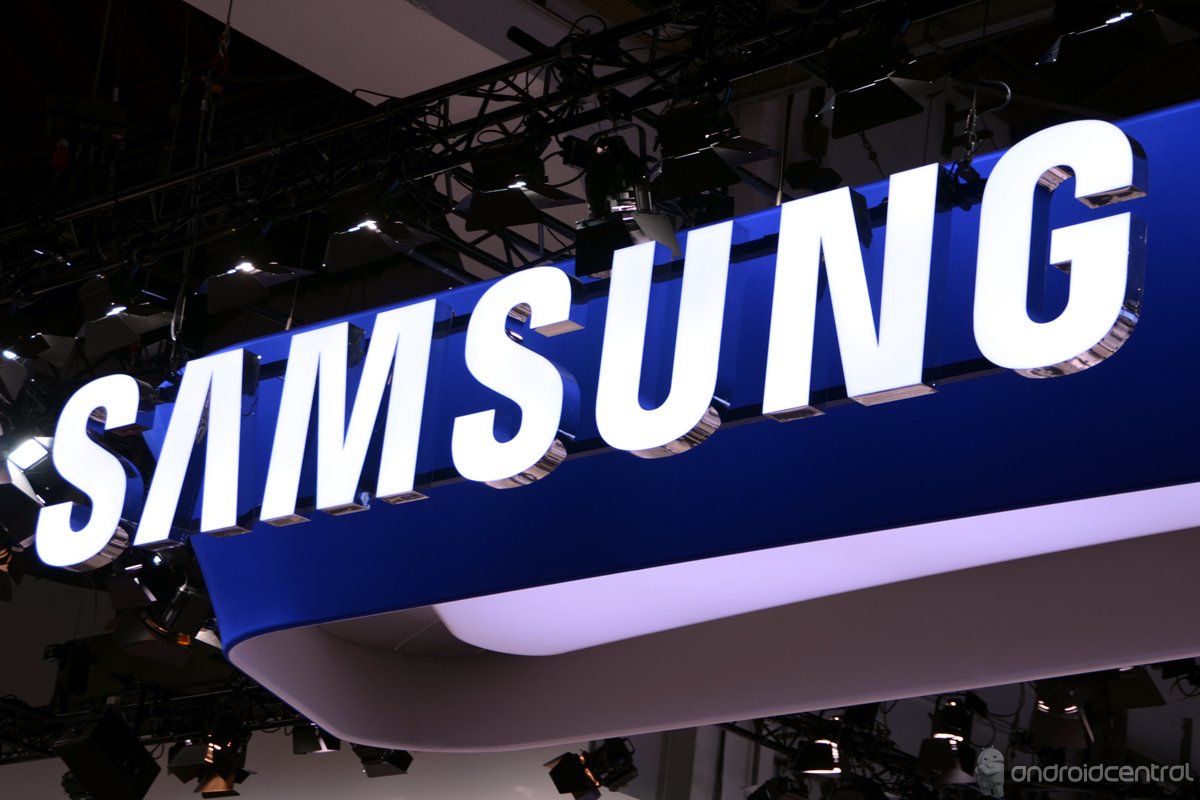Samsung signs a multi-year partnership with AMD to use Radeon graphics in its mobile SoCs.
What you need to know
- Samsung inks multi-year deal to license AMD's Radeon graphics IP.
- The deal involves Samsung paying AMD a technology license fee and royalties.
- Get ready to see significant graphics improvements in upcoming Exynos chipsets.
Samsung has made some pretty significant strides in recent years with its line of in-house Exynos chipsets, and the South Korean manufacturer is now looking to kick things up a notch. Samsung has inked a multi-year deal that will see the manufacturer license AMD's Radeon graphics IP for use in its mobile chipsets.
AMD announced that Samsung will leverage its RDNA graphics architecture for "ultra low power, high performance mobile graphics," and the partnership is particularly significant because it marks AMD's reentry into the mobile space. AMD sold off its Imageon business to Qualcomm back in 2009, which formed the basis for the Adreno lineup of GPUs.
AMD has been very successful in the console space, where it works with Sony and Microsoft to create custom GPUs for the PlayStation and Xbox — the PlayStation 5 set to feature RDNA graphics. In this instance, however, AMD will solely be customizing the Radeon IP for use in the mobile form factor, and the manufacture will be taken care of by Samsung LSI.
It's a major win for Samsung as it allows the manufacturer to differentiate its products from rivals. Samsung has relied on ARM's Mali GPUs from the beginning, and with the likes of MediaTek and HiSilcion also using the same cores, there's little to differentiate Exynos chipsets in this area. Qualcomm, on the other hand, has managed to carve out a lead in this space with its Adreno GPUs, and Samsung is now looking to provide that same level of differentiation by teaming up with AMD.
From president of Samsung S.LSI Inyup Kang:
As we prepare for disruptive changes in technology and discover new opportunities, our partnership with AMD will allow us to bring groundbreaking graphics products and solutions to market for tomorrow's mobile applications. We look forward to working with AMD to accelerate innovations in mobile graphics technologies that will help take future mobile computing to the next level."
It's also a significant win for AMD as it gets to license its IP to the world's largest phone manufacturer, resulting in a lucrative new source of revenue. It'll be interesting to see how AMD customizes the RDNA architecture for smartphones, and how Samsung integrates it into its Exynos designs. It's unlikely we'll see the custom GPU this year or even in 2020, but it is exciting to see AMD back in the mobile space.


Post a Comment